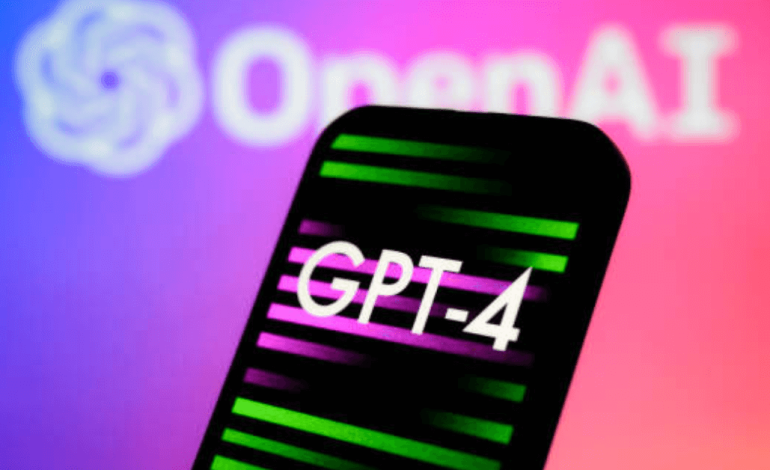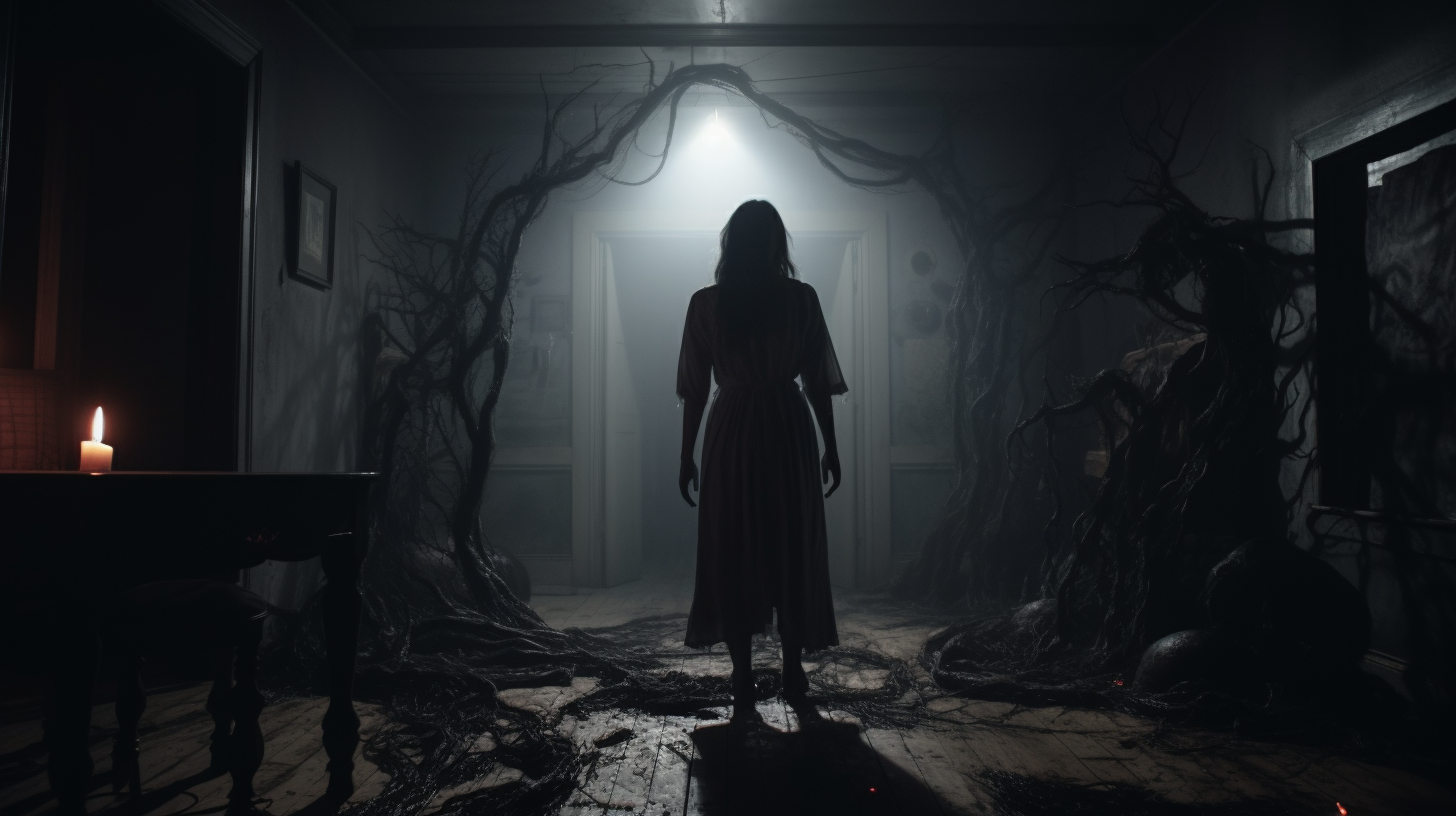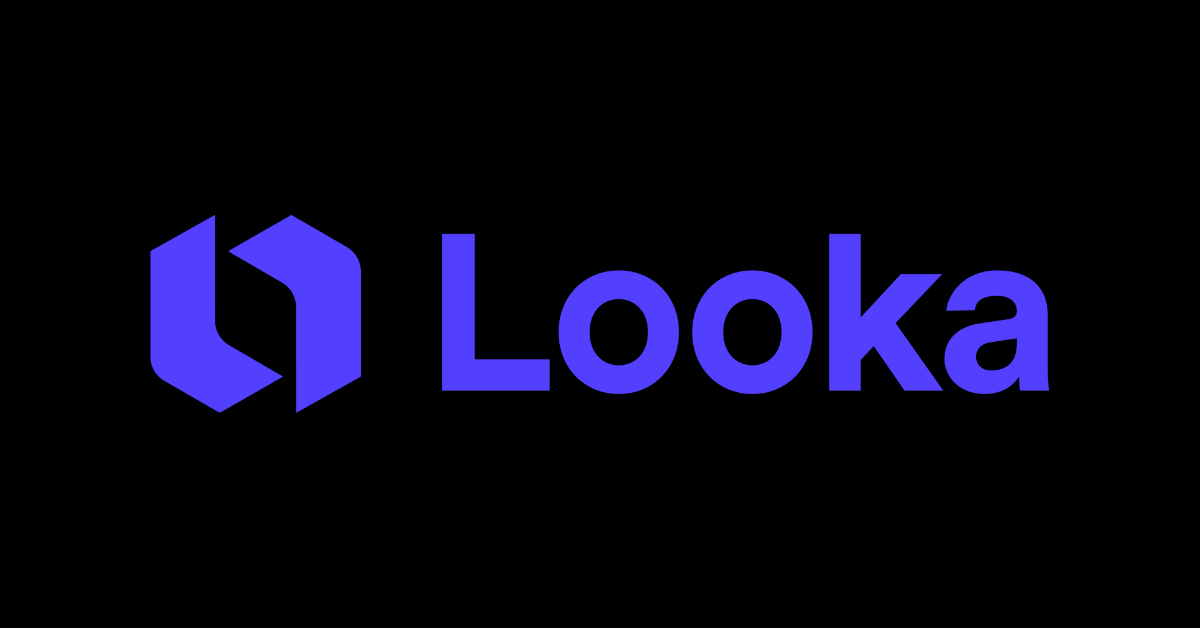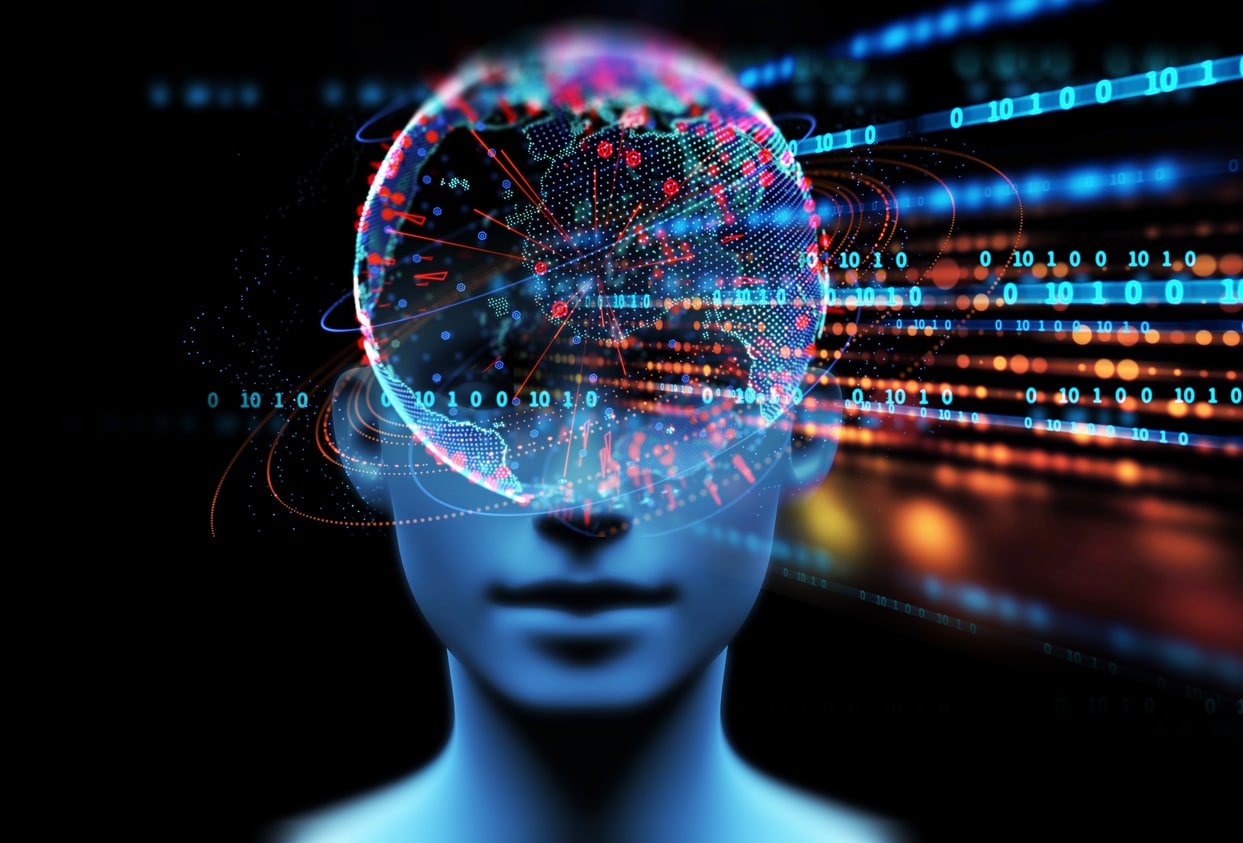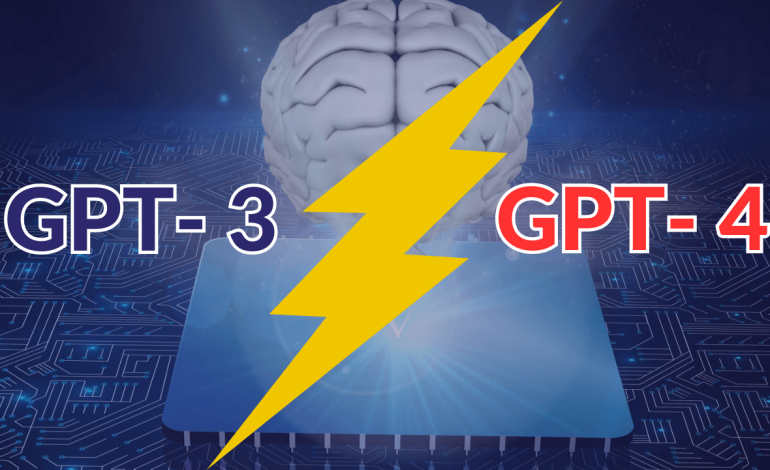
Exploring the Evolution of AI: GPT-3 vs. GPT-4
Chapter 1: Introduction
Welcome back to Wisefuss, where we unravel the marvels of technology! In today’s exploration, we plunge into the realm of artificial intelligence, a force that has been reshaping our lives. Specifically, we’ll compare two of the most advanced AI algorithms currently in development – GPT-3 and its successor, GPT-4. Join us as we dissect their capabilities, performance, and potential applications, aiming to provide a comprehensive understanding of what sets these algorithms apart and which one warrants our excitement.
Chapter 2: Capabilities
GPT-3, the third iteration of the Generative Pre-trained Transformer language model by OpenAI, boasts a staggering 175 billion parameters, making it the largest AI model to date. Its capabilities extend across various natural language processing tasks, including translation, summarization, and question answering, with minimal fine-tuning.
In the developmental phase, GPT-4 is anticipated to surpass its predecessor in both scale and power. Expected to exhibit even more parameters, GPT-4 is poised to tackle more intricate tasks, such as essay and article writing, as well as creative endeavors like art and music generation.
Chapter 3: Performance
GPT-3 has garnered attention for its remarkable performance in a plethora of natural language processing tasks, showcasing the ability to generate human-like text, complete code, and even craft poetry and stories. However, challenges persist in understanding sarcasm and idiomatic expressions.
Anticipated to address these limitations, GPT-4 is projected to significantly elevate performance levels. With an augmented parameter count, it aims to enhance text generation, comprehension of sarcasm, and mastery over idiomatic expressions.
Chapter 4: Potential Applications
Already making an impact, GPT-3 has found utility in applications like chatbots, virtual assistants, and content generation. It has also contributed to research in fields such as natural language processing and machine learning.
GPT-4 is poised to expand the horizon of potential applications, particularly in creative realms like writing and art. It’s expected to refine existing applications, including chatbots and virtual assistants, and open new avenues in fields like music composition and art generation.
Chapter 5: Conclusion
In conclusion, GPT-3 and GPT-4 emerge as pioneers in the realm of AI algorithms. GPT-3, currently making waves, sets the stage for its successor, GPT-4, expected to be even more potent. With their impressive capabilities and potential applications, both algorithms beckon excitement as they lead the charge toward a transformative future.
That wraps up our exploration today! If you found this article enlightening, give it a thumbs up, and be sure to subscribe for more captivating content on the latest tech trends

